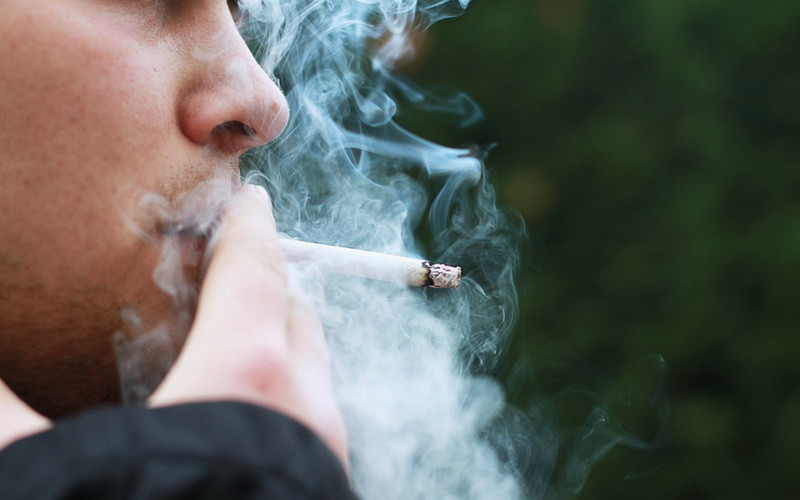You’ve probably heard of second-hand smoke — exposure to tobacco smoke by being near a person who is smoking — but new research shows that third-hand smoke could potentially be just as harmful to your health. Read on to learn what third-hand smoke is and why it could be so problematic.
What Is Third-Hand Smoke?
Although we have known for quite some time that nicotine can remain on surfaces like walls and furniture for years, this is the first time that scientists have seen evidence of the particles actively moving through the air long after someone has smoked in that room.
The evidence, which researchers from Drexel University in Philadelphia stumbled upon while looking for other data, shows that when the chemical particles in tobacco smoke are exposed to certain other particles in the air, including ammonia from human skin or breath, they become airborne and can circulate through the room and even a building’s air conditioning system. Researchers also found that third-hand smoke gasses from outdoor sources can be pulled inside through air conditioning systems and then circulated throughout the room.
This is especially problematic in school buildings, where children could potentially be exposed to third-hand smoke gasses on a nearly continuous basis, even if smoking has never been allowed inside the building.
According to researchers, third-hand smoke could be an even greater health concern due to this length of exposure. Second-hand smoke, on the other hand, is only a risk for the short amount of time that you are standing near a smoker. However, there is no data that shows hard evidence of potential health effects of third-hand smoke on humans, although some preliminary studies on mice have indicated liver and metabolic issues.
The Bottom Line
There’s still much more research to be done on the subject of third-hand smoke and how to eliminate these particles from surfaces and air. In the meantime, the best thing you can do for your health if you do smoke is to take steps to kick the habit for good. Then, if possible, be sure to get rid of items in your home that can retain those particles, including curtains, linens, and upholstered furniture.






